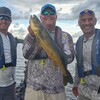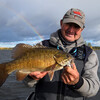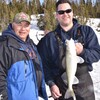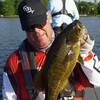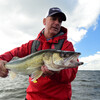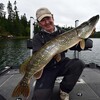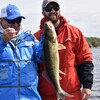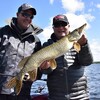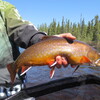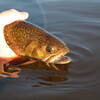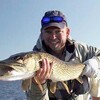
4 Techniques For Negative Smallmouth
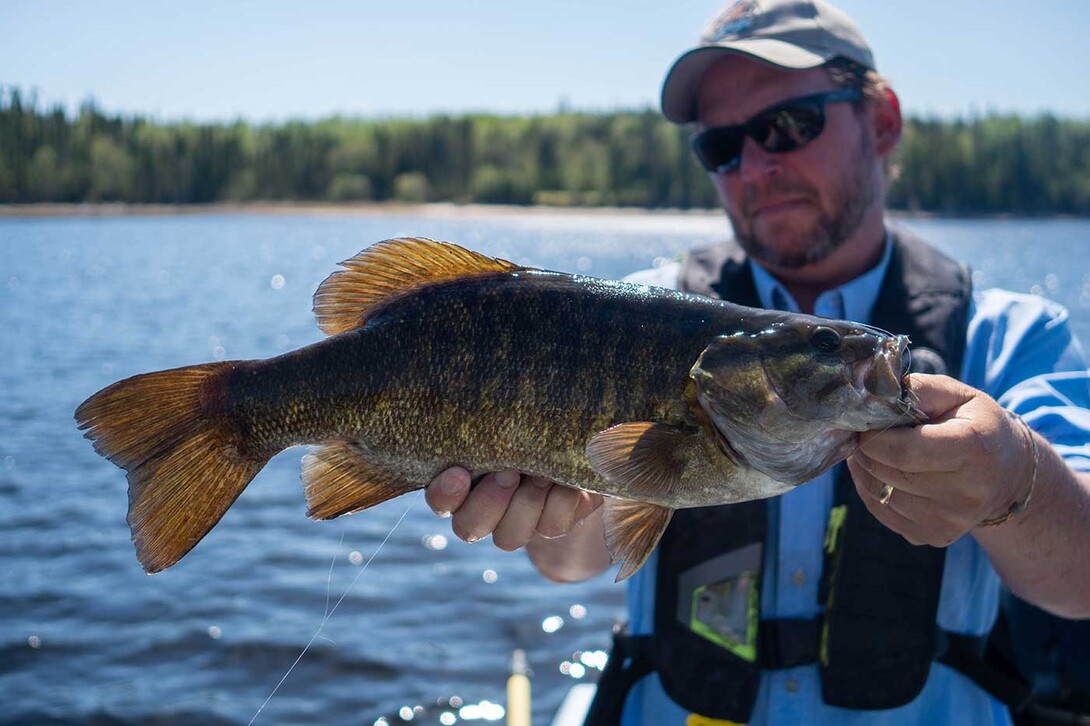
Sometimes smallmouth bass just gets plain grumpy. It’s a fact. Weather conditions, pressure changes, water temperature and a number of other factors will affect the frequency smallmouth bass will eat. Being able to recognize this and adapt your fly presentation is key to seeing smallmouth success even when the fish have turned negative. Here are 4 techniques to consider to turn negative smallmouth onto your flies.
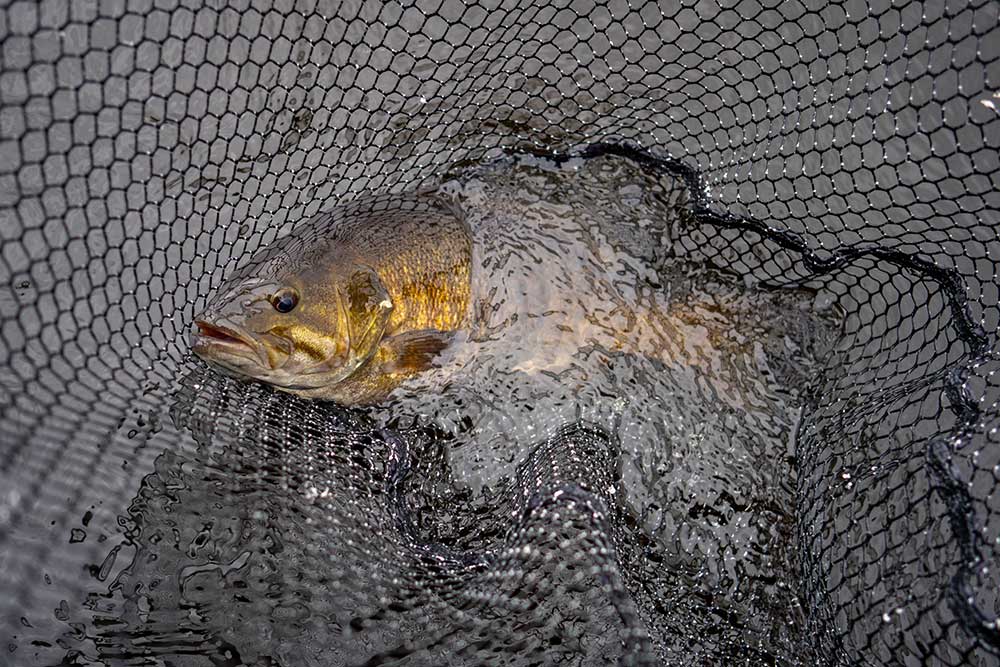
1. Low And Slow
Negative smallmouth rarely want to expend any energy in pursuit of their next meal. That doesn’t mean they won’t eat, however. Hanging your fly in their strike zone and keeping it there just may be the ticket to get them to suck up your fly. Consider using flies that imitate bottom-dwelling creatures smallmouth have on their menu. One of our favourite flies for negative smallmouth bass is the bronze goddess. This fly, fished on the bottom painstakingly slow imitates both a goby and a crayfish – both of which smallmouth find irresistible. Cast out on a sinking line and short leader. Let the fly settle to the bottom and slowly crawl it back to yourself. The slower the better. Keeping the fly in the strike zone here is key.

2. Add A Dropper
The addition of a dropper fly (where your local regulations allow for 2 fly rigs) is a very effective presentation for negative smallmouth. A point fly such as a bronze goddess can be followed up with a dropper fly such as an unweighted muddler minnow or woolly bugger with a dab of floatant will often trigger an eat. By tying a dropper onto your point fly, you’re imitating something chasing the bronze goddess. That could be a leech or a minnow. The predatory instinct of the bass is often triggered by the chase. Consider tippet length anywhere from 6 inches to 36.

3. Downsize Your Fly
It sounds counterintuitive, but when smallmouth are negative, consider downsizing the size of your fly. It could be extrapolated that larger flies might require bass to expend more energy to consume in turn making them not want to eat. Bass may consider smaller offerings to decrease the energy output to capture the prey. Whatever the reason, it’s been our experience that negative smallmouth are more likely to take a smaller offering.
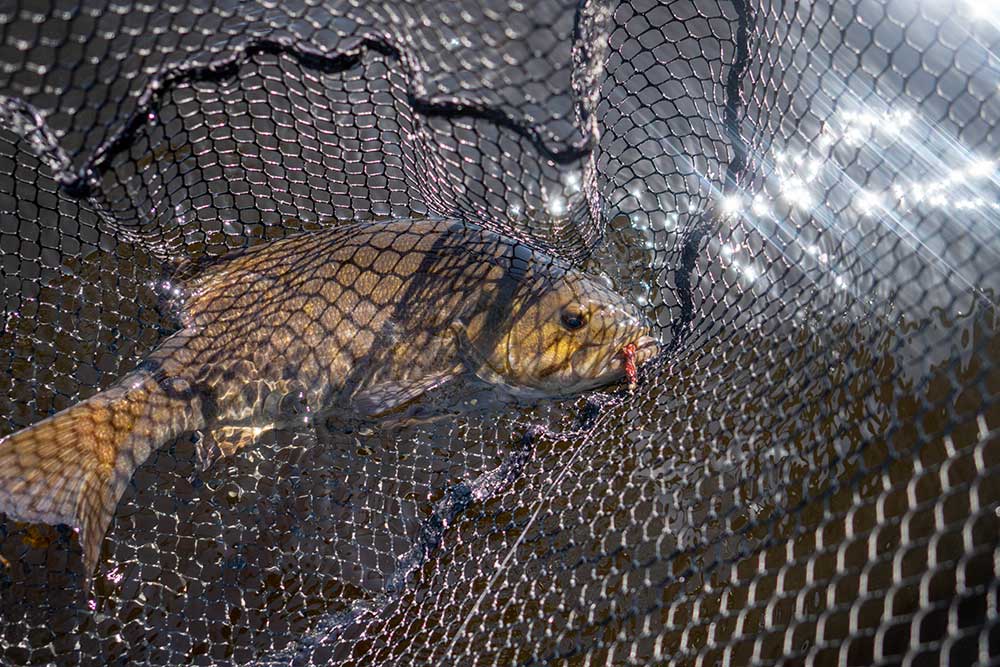
4. Make A Change
There could be a number of reasons for negative bass behaviour. Consider moving around the area in search of less negative fish. Conditions on the water are constantly changing and what you’re experiencing in one spot may not be the same conditions in another. Changes in temperature, water flow and even angling pressure can affect fish. Move around in an attempt to put the pieces of the puzzle together!
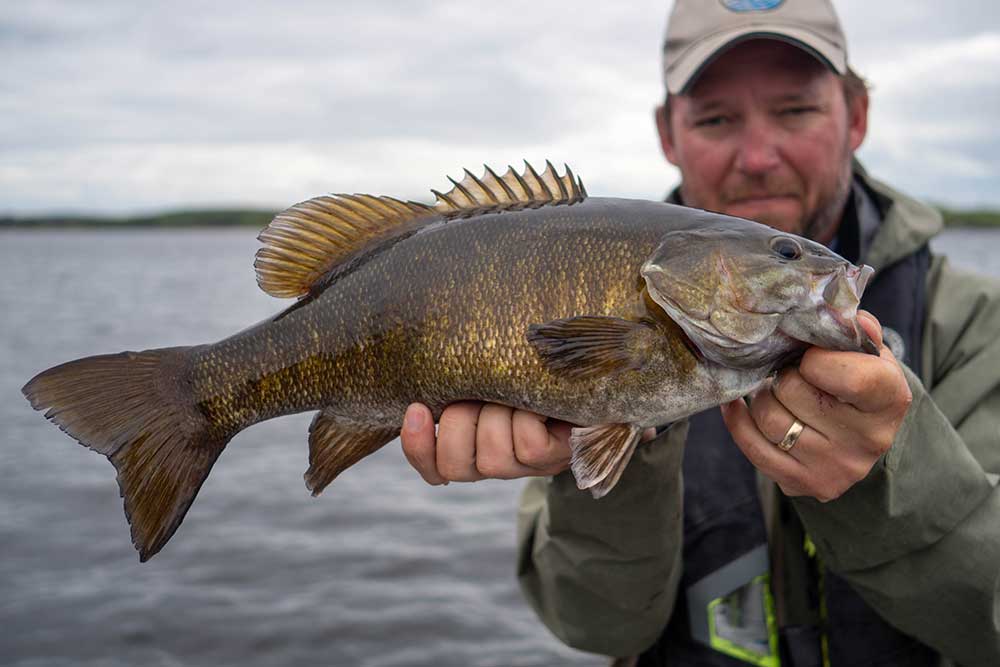
Recommended Articles

Top Flies for Northern Pike

Eating Northern Pike
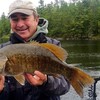
Go Junk Fishing
The Best Of Times in Northern Ontario
Don’t Be Afraid Of Muskies

Pleasant Cove Resort
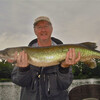
Fly Fishing in Ottawa
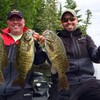
Four Seasons of Bass in Ontario
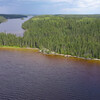
Off-Grid Ontario Fishing Adventures

Drive-to Ontario Lodges
Kesagami Wilderness Lodge
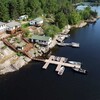
Fishing On The French

Outpost Walleye in Brook Trout Country
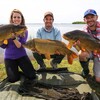
Igniting the Spark

Fishful Dreams Do Come True

Steelhead and Salmon of Northern Ontario
Out On A Ledge In Ontario

5 Ontario Fish Species to Target on Fly

